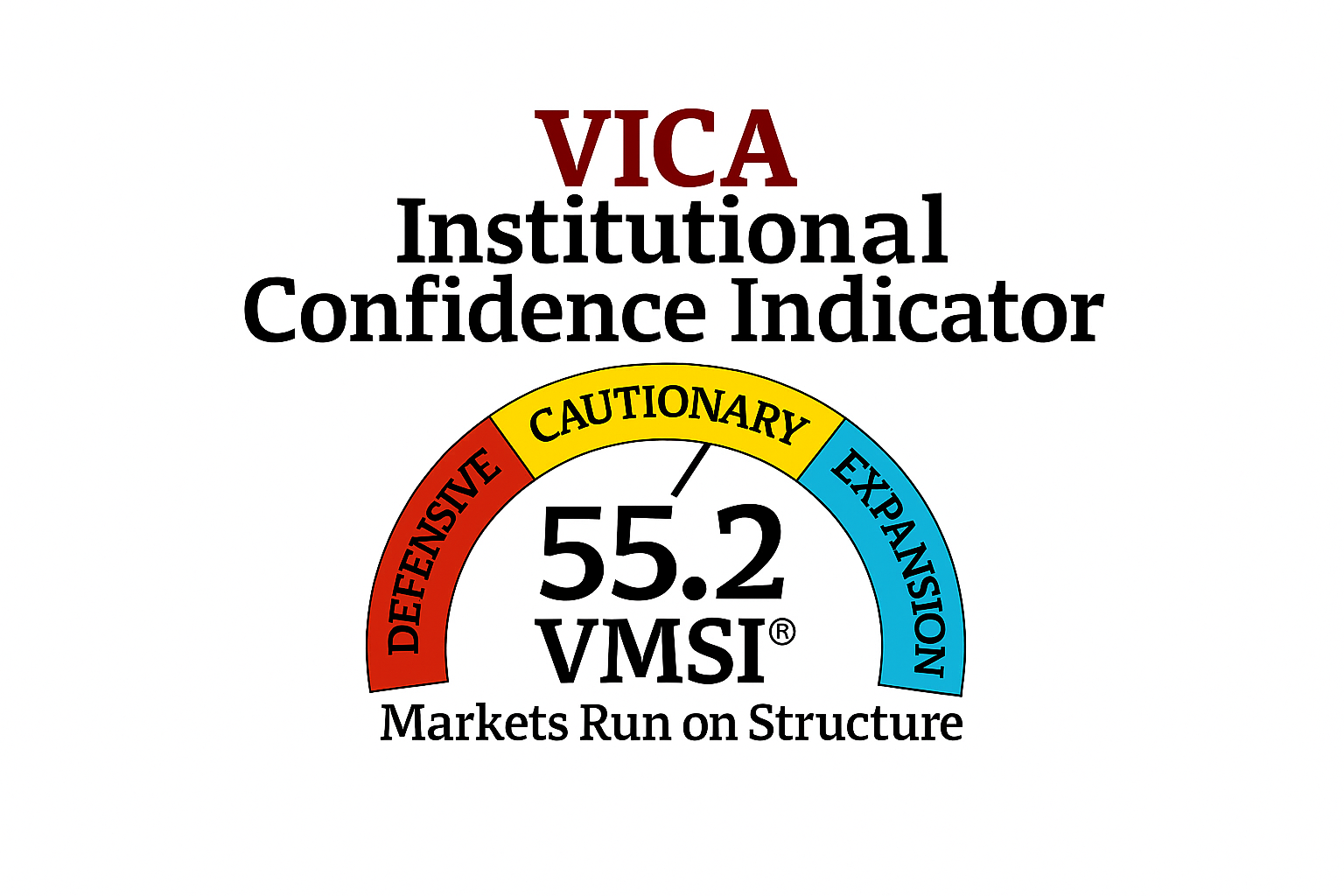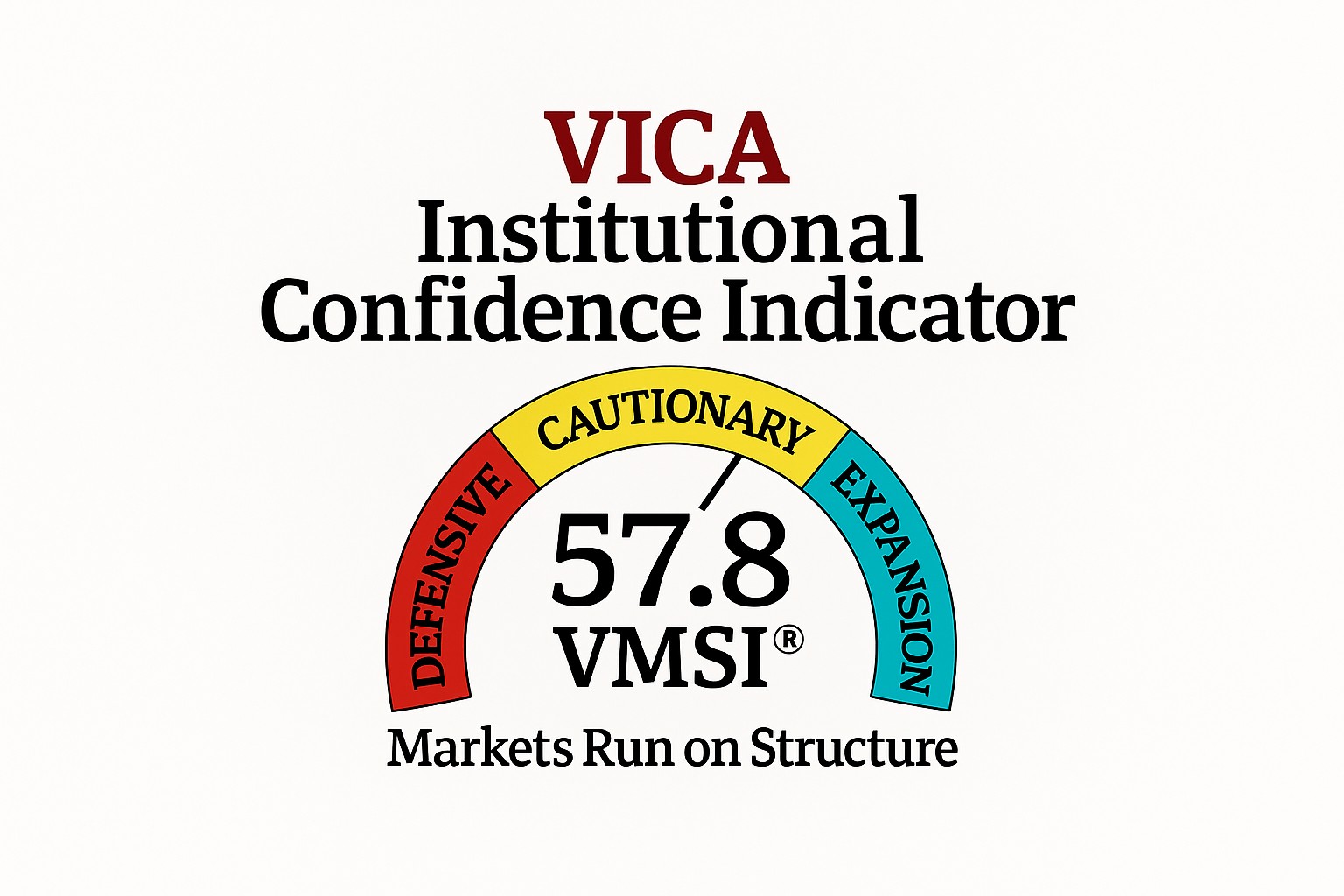INVESTOR SERIES
In June 2022, the S&P 500 entered a bear market for the first time since March 2020.
Question: What defines a bear market?
Fact: Wall Street uses the “bear market” term to describe a sustained period when the equity markets are down at least 20% from their recent peaks.
Question: When was last bear market?
Fact: The most recent sustained bear market lasted 17 months, beginning in 2007 at the start of the financial crisis, and resulted in the S&P 500 dropping by 51.9%. Another sustained bear market emerged in late 2000 when the dot-com bubble burst, causing many tech companies to go under.
Question: Are we in a bear market June 2022?
Fact: Yes, as of 6-16-22 the S&P 500 and Nasdaq Composite are now both in bear markets, down about 23% and 34% from their highs in January.
Question: How long does a bear market usually last?
Fact: On average, bear markets have taken 13 months “388.8 calendar days” to go from peak to bottom and 27 months to get back to break even since World War II.
Question: How do you know when bear market ends?
Fact: In the weeks leading up to a recession – and at the end of a long period of economic expansion – new unemployment claims will lie at the very lows of the cycle. But in the opposite circumstance, a peak in new unemployment claims will signal the end of a recession and end of a bear market. Generally, investors look for a 20% gain from a low point as well as sustained gains over at least a six-month period.
Question: Should I buy stocks in a bear market?
Fact: With U.S. stock markets falling into bear territory, independent investors should stay invested and not try to time the market.
Question: What are the best stocks in a bear market?
Fact: The best bear market stocks tend to be found in defensive sectors, such as consumer staples, utilities, healthcare and even some real estate equities. Companies with long histories of dividend growth offer passive income when others are selling off.
Question: How do you hedge in a bear market?
Fact: A balanced portfolio is one of your best defenses (also known as a hedge) against a bear market. That means you should have some amount of growth stocks that you take profits on and reinvest into defensive investments like government bonds and or gold or cash.
Question: What should you invest in a bear market?
Fact: Broadly diversified, low-cost index funds are a good way to invest in the total stock market. That approach eliminates the risk of holding the wrong specific stocks at the wrong time. History shows that the stock market has always recovered from declines in the past.
Question: Where do high asset wealth invest their money during market downtrends?
Fact: They invest in index funds and dividend-paying stocks. They prefer passive income from equity securities, similar to real estate rental income.
Question: What other profit strategies work during a bear market?
Fact: You can make money when markets fall by taking short positions. This is done by selling short stocks or ETFs, buying inverse ETFs, buying put options, or selling futures.
Question: What funds do well in a bear market?
Fact: Defensive stock sectors including consumer staples, utilities, and health care tend to outperform during bear markets. Government bonds offer diversification and the potential of strong returns in a recession.
Other Key Facts:
- Bear markets are often accompanied by an economic recession and high unemployment, but bear markets can also be opportune buying opportunities while prices are depressed.
- Over the longest-possible term, bull markets have gone higher and lasted longer than bear markets.
- On March 11, 2020, the Dow Jones Industrial Average (DJIA) entered a bear market for the first time in 11 years, falling from all-time highs—approaching 30,000 a few weeks prior—to under 19,000 a few days later, amid the economic impacts of the COVID-19 pandemic.
- Between April 1947 and April 2022, there have been 14 bear markets, ranging in length from one month to 1.7 years, and in severity from a 51.9% drop in the S&P 500 to a decline of 20.6%.
- Bear Markets don’t always coincide with Recessions; of the 25 bear markets that have occurred since 1928, fourteen (56%) have also seen recessions while eleven have not (44%).




